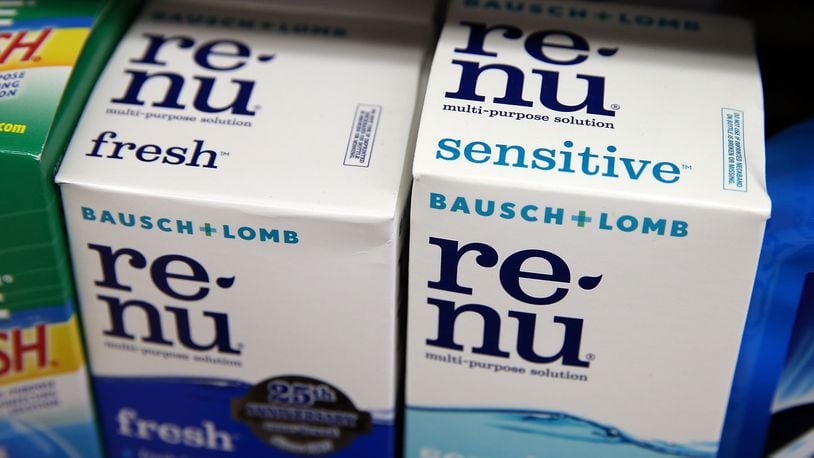The increasingly popular disposable lenses, the scientists found, are polluting our oceans.
Lead researcher Charles Rolsky and his team developed a three-part analysis for their work, consisting of an anonymous survey of more than 139 randomly recruited individuals (both contact lens-wearers and non-wearers). A density experiment was conducted on 11 different types of contact lenses and both solid and liquid wastewater to identify which lenses would break down and which would be retained. The team subjected 13 different lenses of diverse plastic types to conventional WWTPs. They presented their degradation observations and results Sunday at the annual meeting of the American Chemistry Society in Boston.
The researchers found that of 400 randomly recruited contact lens wearers, "15 to 20 percent of contact-lens wearers are flushing the lenses down the sink or toilet," Rolsky said in a university article. "This is a pretty large number, considering roughly 45 million people in the U.S. alone wear contact lenses, amounting to 1.8–3.36 billion lenses flushed per year, or about 20–23 metric tons of wastewater-borne plastics annually."
The 13 different contact lens brands the scientists studied were made from nine types of plastic polymers, which are further degraded and fragmented into microplastics when flushed, ultimately accumulating in sewage sludge.
“For about every two pounds of wastewater sludge, a pair of contact lenses typically can be found,” ASU writer Joe Caspermeyer wrote about the study.
Because sewage sludge is commonly used on land for sludge disposal and soil conditioning, flushing contact lenses encourages pathways of macro- and microplastics “to enter terrestrial ecosystems where potential adverse impacts are poorly understood,” study researcher Rolf Halden said. Researchers estimate between 6 and 10 metric tons of plastic lenses are getting trapped in U.S. wastewater plants every year.
Microplastics are essentially pieces of plastic worn down into tiny fragments. Oftentimes, marine organisms will mistake microplastics for food and eat them, which not only harms and kills bottom-feeding fish, but ultimately, microplastic particles “find their way to the human food supply,” researchers said.
In recent years, scientists have found microplastics in bottled water, beer, tap water, soil and even in the air around us. With more than 330 million metric tons of plastics produced annually, potential sources of microplastic pollution are everywhere, CNN reported in April.
Research has linked synthetic chemicals often found in plastic to "certain kinds of cancer to lower sperm count to increases in conditions like ADHD and autism," prompting calls for further studies on the possible health implications of plastics pollution.
The American Optometric Association recommends patients recycle their lenses when possible. "The regular garbage is the second option. Down the sink drain or toilet is never recommended and is discouraged due to the impact on our environment," the organization said in a statement.
For the short-term, the authors of the first-of-its-kind study have also been reaching out to manufacturers to encourage product packaging with consumer information on the best environmentally friendly disposal practices.
“A desirable long-term outcome would be to create lenses from polymers that are fine-tuned to be inert during use but labile and degradable when escaping into the environment,” study researcher Varun Kelkar said.
About the Author
